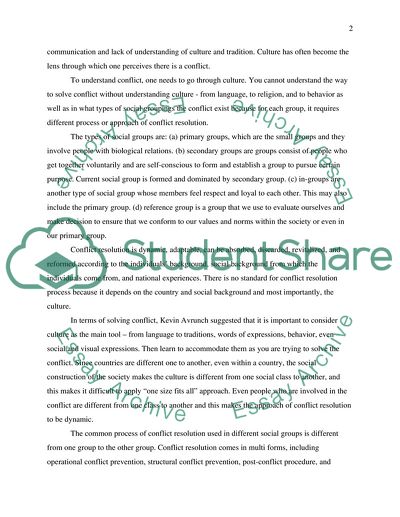Cite this document
(Culture and Conflict Resolution Assignment Example | Topics and Well Written Essays - 3000 words, n.d.)
Culture and Conflict Resolution Assignment Example | Topics and Well Written Essays - 3000 words. Retrieved from https://studentshare.org/social-science/1728730-culture-and-conflict
Culture and Conflict Resolution Assignment Example | Topics and Well Written Essays - 3000 words. Retrieved from https://studentshare.org/social-science/1728730-culture-and-conflict
(Culture and Conflict Resolution Assignment Example | Topics and Well Written Essays - 3000 Words)
Culture and Conflict Resolution Assignment Example | Topics and Well Written Essays - 3000 Words. https://studentshare.org/social-science/1728730-culture-and-conflict.
Culture and Conflict Resolution Assignment Example | Topics and Well Written Essays - 3000 Words. https://studentshare.org/social-science/1728730-culture-and-conflict.
“Culture and Conflict Resolution Assignment Example | Topics and Well Written Essays - 3000 Words”, n.d. https://studentshare.org/social-science/1728730-culture-and-conflict.


